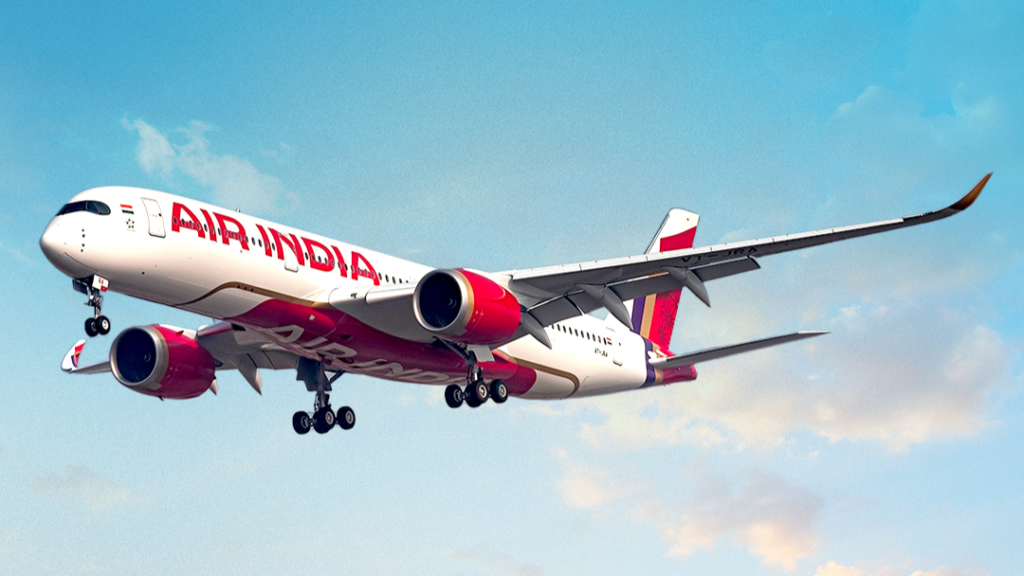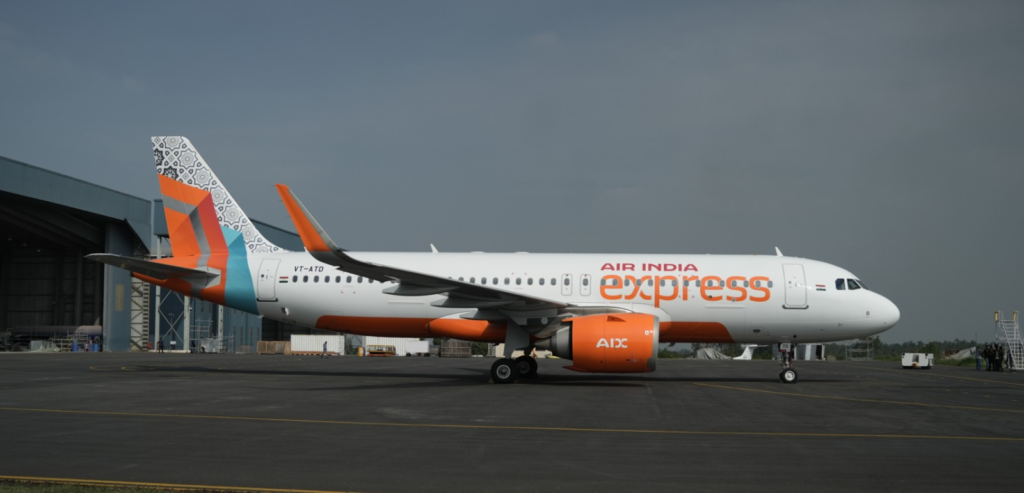DELHI- Tata Group-backed Air India Express (IX) is aiming to achieve a twofold increase in its market share within the next five years in both domestic and short-haul international air travel segments. The airline aspires to position itself as the preferred choice in a network of Tier II and III destinations in India, according to a statement by a senior executive.
Managing Director Aloke Singh revealed in an exclusive interview, ‘In a five-year timeframe, our objective is to reach a 20% market share in the short-haul international segment, currently standing at 11%. Simultaneously, we aim to double our domestic market share to 15-16%, compared to the existing 7.5-8%.

Customer Loyalty Program
As the airline competes with industry leaders like IndiGo (6E) in the domestic market, it anticipates an augmented brand recall, emphasizing its product and brand positioning.
Additionally, there is a consideration for the introduction of a customer loyalty program, which, according to Singh, might not be fully-fledged but rather a basic program with potential ties to the Air India program.
The ongoing merger of AIX Connect, formerly AirAsia India, with Air India Express is in progress and expected to conclude by April, as mentioned by Singh.
Following the government-led strategic divestment program, the Tata Group gained full ownership of both Air India and its subsidiary Air India Express in January 2022.
The Tata Group declared the AirAsia (AK) India and Air India Express merger in November 2022. As part of this transaction, AirAsia Bhd divested its 16.67% stake in the airline, allowing the Tatas to acquire it for ₹155.65 crore.
Currently maintaining a fleet of 64 aircraft, including 28 Airbus A320 and the remaining Boeing 737 family aircraft, the airline plans significant expansion this year. At least 40 out of the 190 Boeing 737 MAX aircraft ordered by Air India are set to be inducted into the fleet.

Air India Express Plans
Aloke Singh, the Managing Director of Air India Express, revealed the airline’s ambitious expansion plans, stating that they receive an aircraft approximately every eight to nine days.
With the delivery of 10 aircraft already, the airline anticipates the induction of 40 more within the next year. Singh emphasized that the total fleet size is expected to reach 180 aircraft by the end of five years, factoring in retirements.
Despite the challenges, Singh reiterated the airline’s commitment to maintaining a mixed fleet of A320 and B737 aircraft. He explained that from a group perspective, the aircraft assets can be fungible, and as the fleet grows to a larger scale, the benefits of a single aircraft type start diminishing.
The airline has strategically focused on catering to price-sensitive travelers from Tier II and III cities, offering an all-economy product.
The target customer categories include those visiting friends and relatives, leisure-oriented travelers, inbound and outbound tourists, small and medium enterprises, and a portion of corporate traffic.
Singh highlighted the surprising growth of air traffic in Tier II and III cities, citing the example of Surat, where the airline operates daily flights to major cities and international destinations like Sharjah and Dubai
The airline plans to increase the frequency of flights to both domestic and international destinations before expanding to nearby cities. While the current ratio of domestic to international flights is 50:50, the company envisions a higher domestic presence in the next 1-2 years.
Stay tuned with us. Further, follow us on social media for the latest updates.
Join us on Telegram Group for the Latest Aviation Updates. Subsequently, follow us on Google News.

